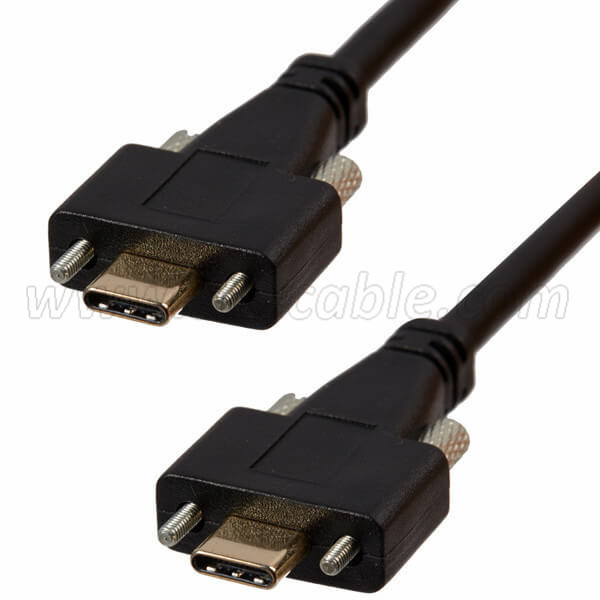How do you determine which USB-C connector tip fits into which port on a phone or tablet?
To determine which USB-C connector tip fits into which port on a phone or tablet, you need to understand the universal nature of USB-C connectors and the various features they support. Here’s how you can ensure proper fit and functionality:
1. Universal Fit of USB-C Connectors
Standardized Design: USB-C connectors are designed to be universally compatible with all USB-C ports. They have the same shape and size, meaning any USB-C connector will physically fit into any USB-C port.
2. Identifying Port Capabilities
While the physical connector fits universally, the features supported by the port can vary:
1> Standard USB-C: Used for charging and data transfer. The port and cable will fit, but the performance depends on the specifications of the cable and the device.
2> USB-C with Power Delivery (PD): Supports faster charging and higher power transfer. Ensure the cable and power adapter support PD for optimal charging.
3> USB-C with Thunderbolt 3 or 4: Supports high-speed data transfer, video output, and power delivery. Thunderbolt cables and ports are compatible with USB-C but offer additional features.
4> USB 3.1/3.2: Offers faster data transfer rates. Verify that both the port and cable support the desired data transfer speeds.
3. Determining Cable and Port Compatibility
1> Check Device Specifications:
Device Manual: Consult the device’s manual or technical specifications to understand the capabilities of its USB-C port.
Manufacturer’s Website: Look up the specifications online to determine if the port supports additional features like Thunderbolt or higher power delivery.
2> Verify Cable Specifications:
Labeling: Cables often come with labels or packaging that indicate their capabilities (e.g., Power Delivery, Thunderbolt 3).
Manufacturer Information: Check the cable manufacturer’s website or documentation for details about what the cable supports.
4. Testing Connectivity
1> Plug In the Cable:
Physical Fit: Any USB-C cable should fit into a USB-C port. Ensure the connector is aligned properly and inserted fully.
Functionality Check: Once connected, test if the device charges, transfers data, or supports video output as intended.
2> Assess Performance:
Charging: If the device charges slowly or not at all, ensure the cable supports the required power delivery.
Data Transfer: Test data transfer speeds to confirm that the cable supports the expected data rates.
Video Output: If using for video output, verify that the cable and port support video transmission.
5. Troubleshooting
1> Check for Debris: Ensure that the USB-C port and connector are free from dust or debris, which could impede connection.
2> Inspect Cables: Look for any visible damage or signs of wear on the cables.
3> Use Quality Cables: Ensure you are using high-quality cables that meet the necessary standards for your device’s requirements.
6. Use Cases
1> Charging: Any USB-C cable that supports power delivery will fit and work for charging.
2> Data Transfer: Use cables rated for USB 3.1 or USB 3.2 if you need high-speed data transfer.
3> Video Output: Use a USB-C cable that supports video output if connecting to an external monitor.
Summary
USB-C connectors are designed to fit into any USB-C port, making physical compatibility straightforward. The critical factor is ensuring that both the cable and the port support the required features (such as power delivery, data transfer, or video output). Always refer to the device and cable specifications to ensure you get the desired performance.
Send your message to us:
Post time: Jul-22-2024
